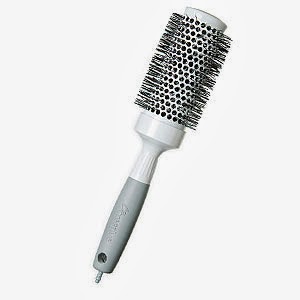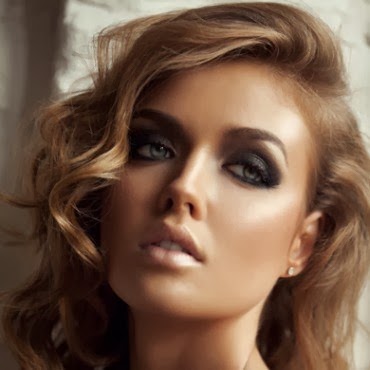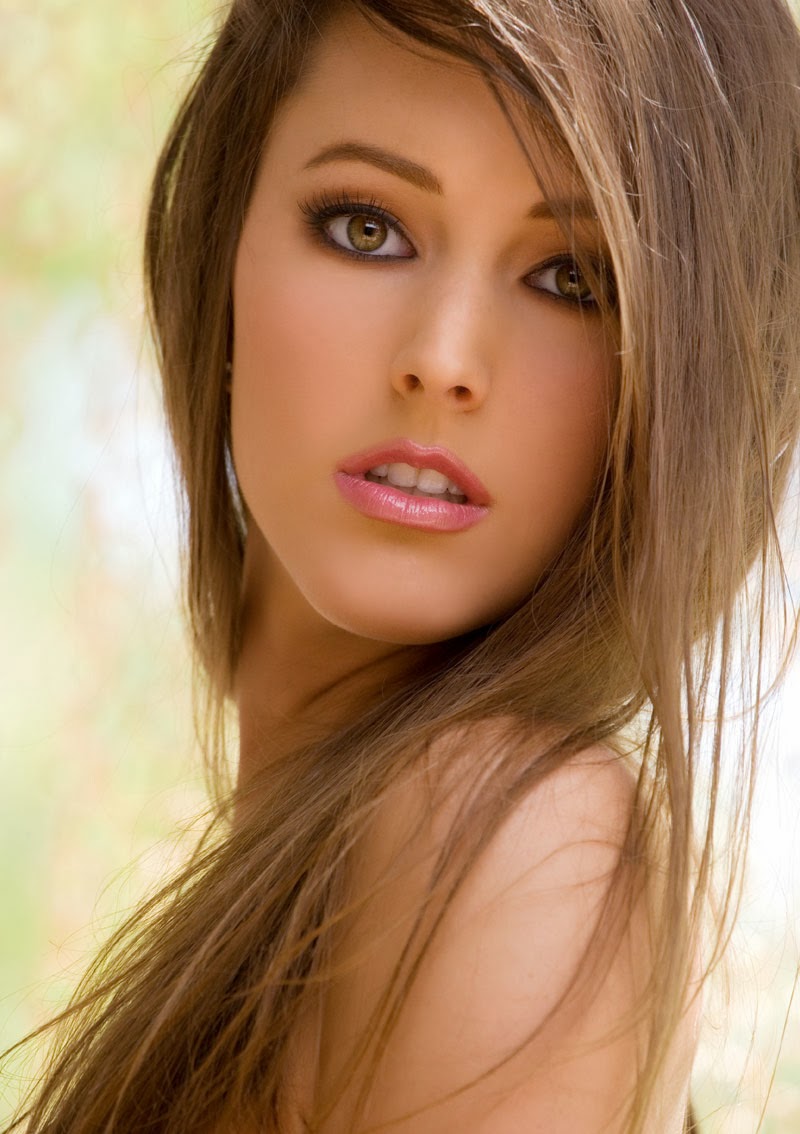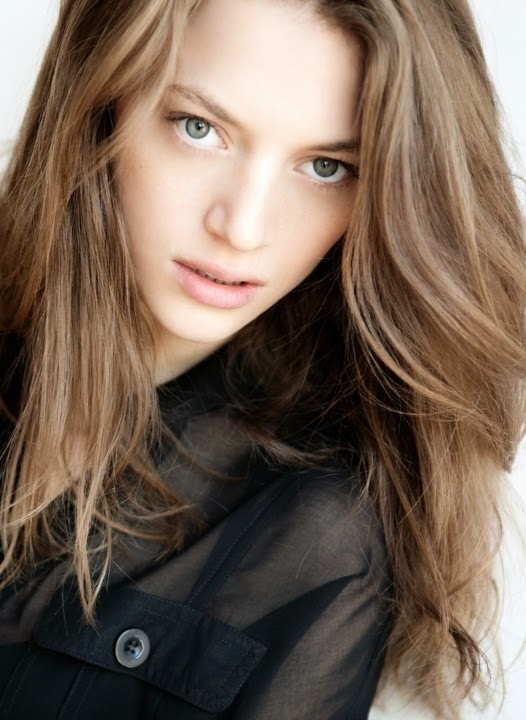Men, and sometimes women, notice that their hair is thinning prematurely for
several different reasons. Age, menopause, pregnancy, genetics, illness, and other
factors all play a role in hair loss. You can use natural shampoo like Arganrain ,can go in for
a hair transplant or fusion, but sometimes the easiest, most inexpensive solution,
Method 1 of 3: Herbs and Supplements
Treat with saw palmetto. Native Americans use saw palmetto to promote healthy hair and skin. Saw palmetto also blocks the production of DHT (a metabolite of testosterone), a contributing factor to enlarging of the prostate. Because DHT production also causes hair loss, saw palmetto has been shown in some small studies to be effective for preventing hair loss in some men.
Take vitamins. Your mother told you they were good for you, but you may not know that they are good for your hair, too. Add some extra milligrams of these vitamins to your daily regimen:
- Vitamin A: Vitamin A is an anti-oxidant, which promotes healthy production of sebum in the scalp.
- Vitamin E: This vitamin stimulates circulation, and good blood circulation in the scalp is important in keeping your hair follicles productive.
- B vitamins: The B vitamins help your body produce melanin, which gives hair its healthy color. Melanin also stimulates blood circulation.
Method 2 of 3: Topical Treatments
1 Use essential oils combined with a scalp massage. Massage promotes good circulation in the scalp, to keep your hair follicles active. Massage your scalp daily by hand for a couple of minutes. To enhance the massage, use a few drops of lavender or bay essential oil in an almond, or sesame oil base on your scalp.
2 Restore moisture through hot oil treatments. You can use any natural oil including safflower and canola or olive oil.
- Heat the oil up so it is warm, but not too hot. Then, massage the oil into your scalp.
- Put on a shower cap for about an hour. When the hour is up, rinse or shampoo out the oil.
- Mayonnaise also works well as a conditioner. Slather your hair with a generous dollop, put on a shower cap for up to an hour, and then rinse it off.
3 Try rubbing your scalp with garlic juice, onion juice, or ginger juice. Make sure you only use 1 of these juices; don't mix them. Leave the juice on your scalp overnight, and wash it out in the morning.
4 Try rubbing your hair with rangoli henna. Use powder that is green, and that has the texture of talc. Henna seals the cuticle, which strengthens the hair shaft at the root.
5 Rub green tea into your hair. The tea contains anti-oxidants, which may prevent hair loss and help hair growth.
- Brew 2 bags of green tea in 1 cup of water. Let the tea cool slightly, and then apply it to your hair.
- Leave the tea on for 1 hour. Then, rinse your hair thoroughly.
6 Boil potatoes and rosemary in water on your stovetop. Strain the liquid, and use it daily as a hair rinse.
Method 3 of 3: Lifestyle Changes
1 Include more high-protein foods in your diet. Eating lean meats, fish, soy, or other proteins may help to curb hair loss. Besides containing protein, many foods rich in protein also contain Vitamin B-12.
2 Take care of the hair that you have. Never brush wet hair, and avoid rubbing your hair dry with a towel. Instead, let it air dry or else blow dry it to the point of dampness, and let it dry from there.
3 Reduce stress. Sometimes, the root cause for hair loss is stress.
- Practice meditation. Meditation can help to both reduce stress and restore your hormonal balance. Practicing meditation can also help you in other aspects of your life.
- Get some exercise. Walk, swim, or bike for 30 to 60 minutes per day. Or, try playing a sport like tennis, so you can take out your aggression by hitting a ball. The exercise will help to lower your stress levels.
- Talk or write it out. Talk to your spouse, a friend, or family member, or to a therapist about what you are experiencing. Take the time to record your feelings in a journal.
Avoid wigs or hairpieces. While these may seem like good cosmetic solutions, they may also speed up hair loss by damaging your hair follicles.
































